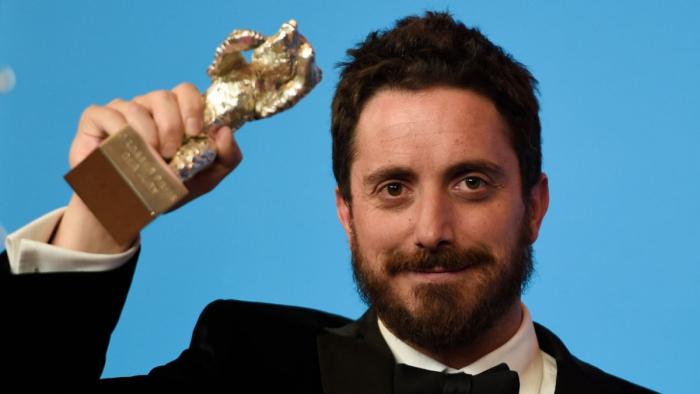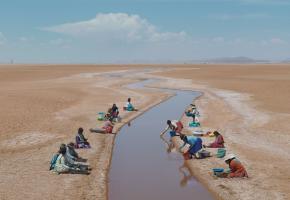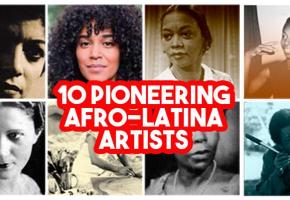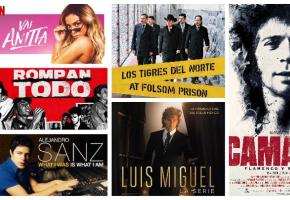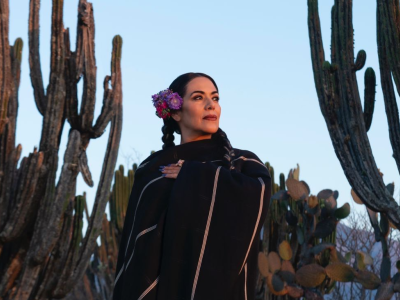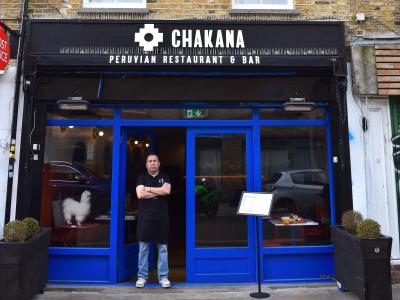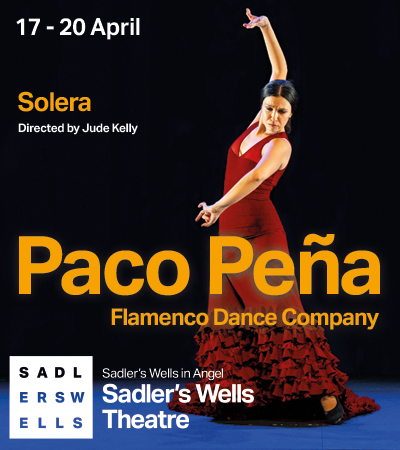Pablo Larraín: I’m always very close to the writing process, but because I never thought I had the skills to write something like this, it was important for me to work with someone who had the talent. It was actually my brother’s idea, he (Juan de Dios Larraín) produces the movies that I make with our company (FABULA Productions), and he wanted to make a movie about this specific period in Neruda’s life and, at the beginning, it was so hard for me to even think about it, and it is very frightening. Neruda is a heavy and strong figure is in our country. We started with a very conventional biopic, and it took us a couple of years. Then Guillermo came back with the idea that we should at this from the Captain’s perspective, which freed me up and made it possible to make a film about Neruda. I don’t think…that this movie, is necessarily about Neruda, I think this movie is about what we call the Nerudian world, his Cosmos, his life, his complexities. Neruda was actually great cook, did you know?...(laughs)
LL: That’s a surprise!
Larraín: He was an expert on wines, he loved women and travel. He was a diplomat, a collector, he travelled all over the world collecting multiple objects, and politically he was the Head of his party, and… he was one of the greatest poets that has ever lived, and so it was a big challenge. So when we discovered that we could make a movie about movies, about poetry, about the territory, then we said, yes, let’s go and play with this toy, and that is how it came about.
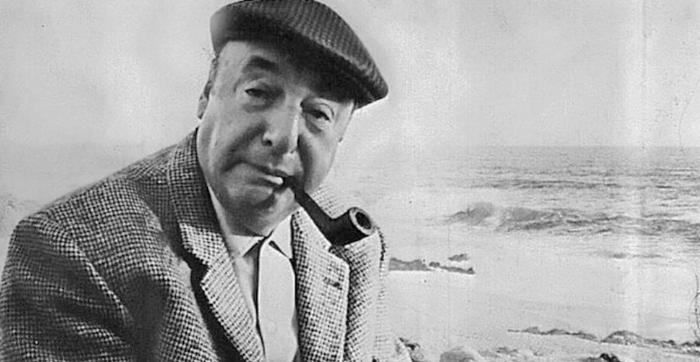
LL: There is a distinct contrast between the very wide encompassing landscapes and the intense rather claustrophobic interiors, could you tell us more about how Sergio Armstrong, the DOP, worked on the lighting and camerawork?
Larraín: I have worked with Sergio for many, many years, and, even though we filmed in over 70 locations and the film is like a road movie, and shot with wide angles and you get to see a lot, there is an internal process that is, I guess, going on all the time that is more psychological. It is photography (visual), and more like music, you have to feel it, but I guess it is connected with what his poetry delivered to us- We were inspired by reading his poetry and that gave us the colour palette, the rhythms, the tone, and the atmosphere, which I think are essential to cinema.
LL: So are you saying that the constantly moving camera was conscious choice, relating as you say, to the rhythms suggested by the poetry itself?
Larraín: Yes, that is exactly what happened. It is very tricky to bring poetry to cinema. One of the ways that we found to do it, was to read his poetry and to find his rhythm, and that helped us find the way to shoot the film, and that’s why the camera is in constant motion. It’s moving from one side to another, one direction to another, it is like we absorb his poetry and we sort of sweat this film, and, somehow it is like a movie about movies. That is why it ends up like noir cinema and the cat and mouse chase movie. It is also like a western, a black comedy… there are so many elements… so many layers, and so we felt we had to reach a rhythm, to have a beat… and that is why we shot the movie like that.
LL: It has its Noir influences, and you developed the cat and mouse idea, did that come before you decided that this would all become a construct of Neruda or was it afterwards, you mention his passion of reading detective novels and things?
Larraín: Yes, we did end up reading all those novels. Once we realized that when he was escaping, he was also reading crime novels, we thought that maybe he was also having fun as well, you know, one side of him was very serious and very political, but he also found some mischief in it. You can see that in his passion for crime novels, so when we decided to bring a fictional character into the story, which is the Captain (Peluchonneau) we were inspired by the fact that he was reading all these books! Also, those books from the 7th circle publishing company (El Séptimo Círculo), that existed back then, were published by (Adolfo) Bioy Casares and Jorge Luis Borges who are both Argentinean writers, specifically Borges, and so this film, in some layers and some levels, is also very Borgian, you know, from Borges, someone who combined fiction over fiction and characters that were creating each other, and somehow they are all connected.
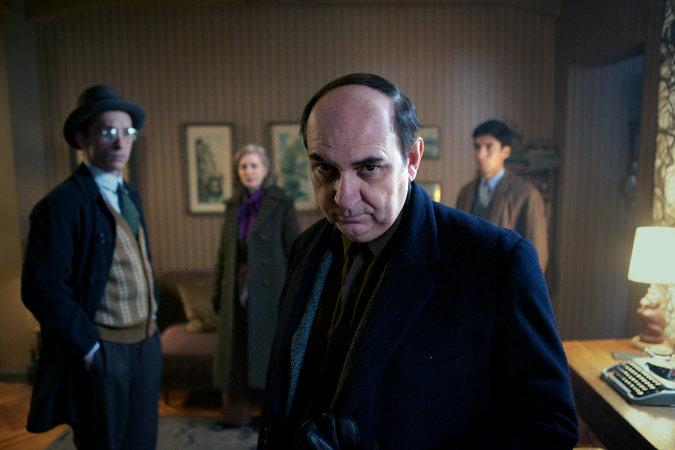
LL: There are moments in the film when you find yourself wondering if the Peluchonneau character is just a dream, we know that you invented him, but one wonders whether Neruda also invented him, whether he lived the drama of his escape, having invented the idea of being chased by a particular person, as opposed to a general feeling of being persecuted?
Larraín: I think they need each other, and Neruda needs Peluchonneau to create this fantasy chase, in our movie, but not in reality. Neruda was shaping his own myths, in order to have a bigger and stronger voice to protect his people. What is fascinating is that if you are able to create a character that would be the most menacing, very mean, and you are the one that created him and gave him those words, then you are able to see your own fragility, and you are looking in the mirror.
LL: You waited quite a while to create Peluchonneau, what was it about him that made him so important?
Larraín: I think… Gael is a good friend, but Gael is a character in front of the camera, and what is essential, is that he is a great actor and he creates a level of mystery. Even though the character could be telling you what he feels and thinks, you would look at him and not really know what is going on, and that is what the audience ends up fulfilling, with everyone making up their own biography with their own way to look at the world.
LL: When you read poetry, especially Neruda’s poetry, you are in certain state of mind, should we experience your film as we experience poetry, and what is the relationship between poetry and your movie?
Larraín: It is hard to say as poetry and cinema are very far apart, using a very different form of expression, poetry is better to read it oneself. How poetic is the film? I don’t know, but I can tell you that we were all very transformed by his poetry. Even before we were making the film, the experience was like going into Neruda’s house and playing with his toys.
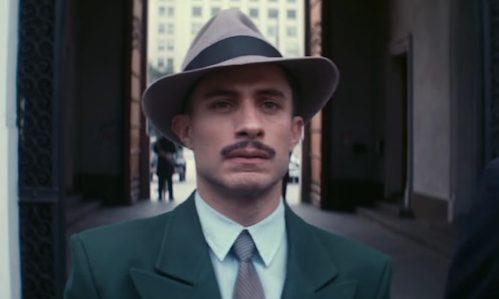
LL: There are experimental edges to the structure, particularly the way you shot some of the conversations in multiple locations so you had this kind of foresight into the constructive reality, how did you happen upon that idea?
Larraín: Well I had been doing that in other movies before, and we did it massively in this film, we did not know how the space would affect the psychological environment that would affect the eye, the visual experience. When you change the background, I mean the same scene, with the same dialogue, and yet you just change the background and they keep talking, acknowledging that they have been moved from one place to another, and then the space becomes more psychological too. It is not just a narrative tool, as that psychological tool can bring you into very unexpected places.
LL: How hard it was it for you film in real landscapes? I am referring to the last 10 minutes of the movie, where it is so beautiful to see real snow, but how hard was it for you and why was it so important for you to have the real thing?
Larraín; Because it is in the nature of the story. He actually crossed the Andes on horseback, and he did it, and we really struggled! We went up there and we had storms and it was very hard. We had to wait until the sun came out and I can tell you that when Neruda got the Nobel Prize, 23 or 24 years after this ride took place, he made a very beautiful speech that you can find online, where, although he refers to multiple moments, he talks extensively about this specific period of his life. He says that when he was crossing the Andres, he was helped by people who didn’t even know who he was, so he learned what the meaning of fraternity really was. And then the connection with nature was also very important, and then ultimately, he said that he no longer knows if he lived it, dreamt it or wrote it. When we read that, we realised it was Neruda himself who opened the door to this place for us to play with this, fascination and a lot of love, but to be joyful and play with it.
LL: What was the reaction the film in Chile, did people respond as you had hoped? What was the reaction you got?
We had everything! This is great. As you know Neruda is kind of super essential in our culture so everybody had an opinion and every reaction was very, very different. It was fascinating, and I think it is fine as long as people are not indifferent, I am okay with it.
Neruda will be released in the UK on April 7th 2017.


